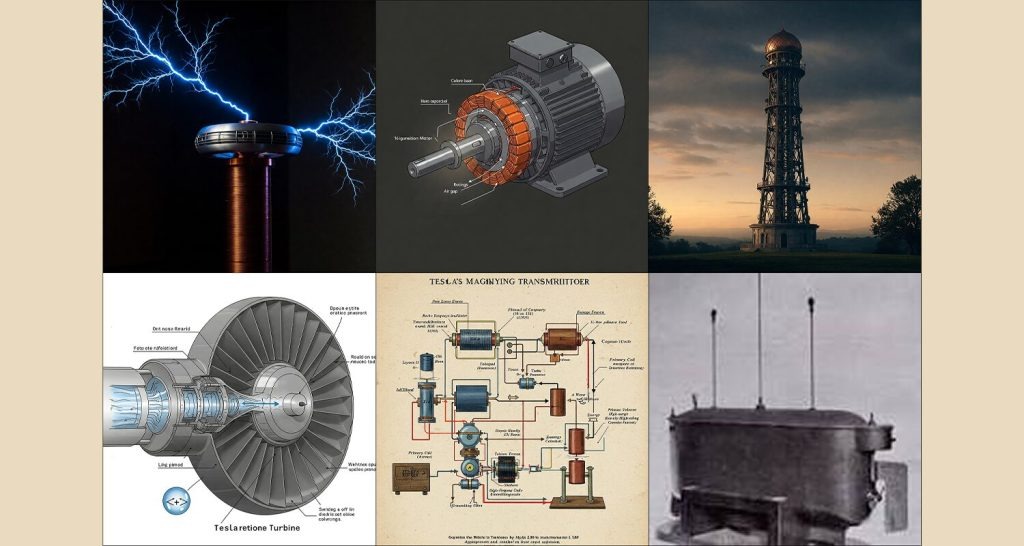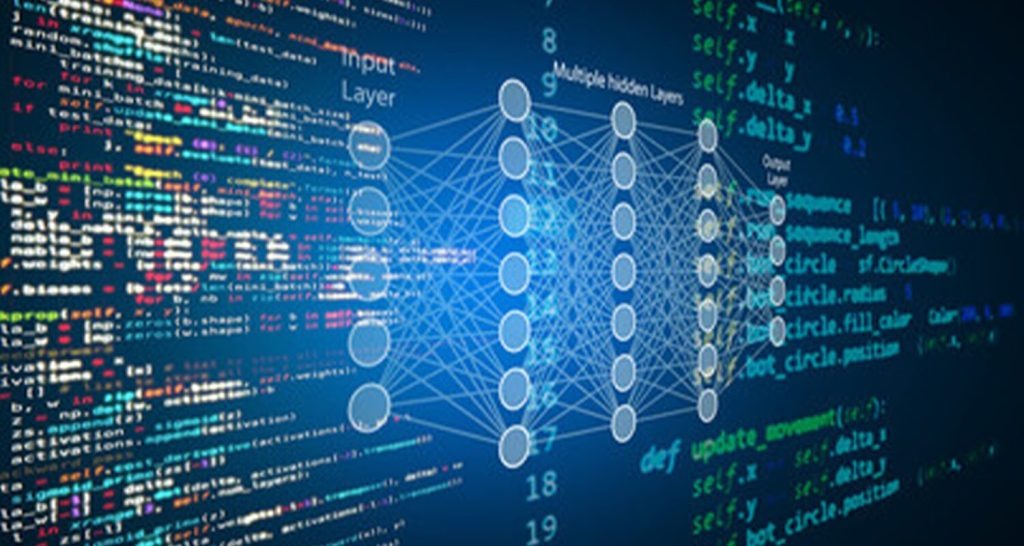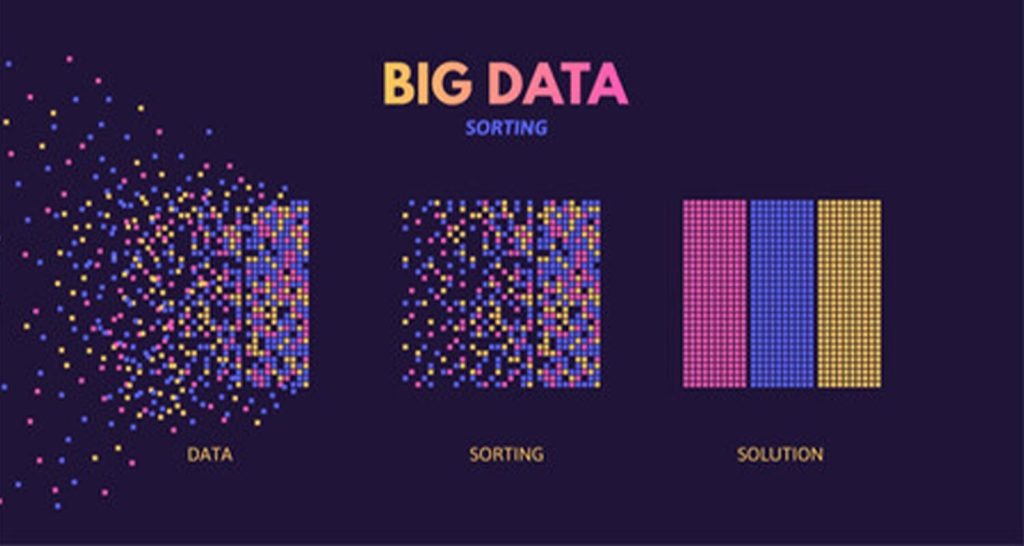Have Any Questions?
+800-327-9912
Nikola Tesla’s Unfinished Projects
and Lost Inventions
Nikola Tesla’s Unfinished Projects and
Lost Inventions
Nikola Tesla was a visionary whose ideas often exceeded the technological
and financial capabilities of his time.
Introduction
While many of his inventions revolutionized modern engineering, several of his most ambitious projects remained unfinished, lost, or shrouded in mystery. These unrealized innovations continue to intrigue scientists, engineers, and technology enthusiasts, offering a glimpse into what could have been groundbreaking advancements in energy, communication, and defense.
1. Wardenclyffe Tower – The Dream of Wireless Power
One of Tesla’s most well-known unfinished projects, Wardenclyffe Tower, was designed to transmit electricity wirelessly across great distances. Tesla believed his system could eliminate the need for power lines, providing free and unlimited energy to the world.
Initially funded by J.P. Morgan, the project stalled due to financial difficulties and skepticism. Without continued investment, the tower was dismantled, and Tesla’s vision remained unrealized. Despite its failure, the concept of wireless energy transmission inspired modern technologies, such as wireless charging, satellite-based power distribution, and inductive power transfer.
2. The Death Ray – Tesla’s Mysterious Weapon
Tesla claimed to have designed a particle-beam weapon, often referred to as the Death Ray. He asserted that this device could destroy enemy aircraft and armies from great distances, making conventional warfare obsolete.
Tesla tried to sell his invention to multiple governments, including the United States, the Soviet Union, and the United Kingdom, but his proposals were dismissed or deemed too advanced for practical use. After Tesla’s death, the blueprints for the Death Ray disappeared, fueling speculation about whether such a device was ever fully developed.
3. The Teleforce System – A Global Defense Shield
A related project, the Teleforce System, was Tesla’s concept for an electromagnetic defense shield that could repel enemy missiles and aircraft. He believed the system could act as a barrier of high-energy electrical discharges, making invasions impossible.
While never realized, the idea of an energy-based global defense system echoes modern developments in directed-energy weapons, laser defense technology, and electromagnetic shielding.

4. The Tesla Oscillator – The Alleged Earthquake Machine
Tesla developed a mechanical oscillator that could produce powerful vibrations. He claimed that during an experiment, his device created an earthquake-like effect in New York City, shaking nearby buildings.
Fearing its potential for destruction, Tesla destroyed the device with a hammer. While no concrete evidence supports his claim, his research in mechanical resonance continues to influence studies in seismology, construction engineering, and vibrational energy transfer.
5. Tesla’s Flying Machine – Early Anti-Gravity Concepts
Tesla envisioned an aircraft that could fly without wings or traditional propulsion systems, relying instead on high-voltage electrical fields. He believed his silent, energy-efficient flying machine could revolutionize transportation.
Some theorists speculate that Tesla was developing an early form of an anti-gravity craft. However, due to a lack of funding and interest, Tesla’s aerodynamic breakthroughs remained theoretical. Today, his ideas inspire research into electric propulsion, magnetohydrodynamics, and experimental aviation technology.
6. The Thought Camera – Capturing Human Ideas
Tesla proposed an invention that could capture human thoughts by detecting neural impulses and projecting them onto a screen. He theorized that with the right technology, it might be possible to visualize mental images and even record them.
While Tesla’s idea remained speculative, modern research in brain-computer interfaces (BCI), neural imaging, and artificial intelligence-assisted thought decoding mirrors his vision of visualizing human cognition.
7. Wireless Worldwide Communication – The Precursor to the Internet
Tesla envisioned a global wireless communication system long before the development of radio, television, or the internet. He believed that using resonant frequencies, information could be transmitted instantaneously across the globe without the need for physical infrastructure.
His Wardenclyffe Tower was intended as the prototype for this network, but without sufficient funding, the project was abandoned. However, Tesla’s ideas directly influenced the evolution of radio communication, satellite networks, and wireless data transmission, laying the groundwork for today’s global information-sharing systems.

8. The Self-Sustaining Energy Device – Tesla’s “Free Energy” Concept
Tesla frequently spoke about a device that could generate unlimited energy by harnessing cosmic or atmospheric electricity. He theorized that energy could be extracted directly from the environment, eliminating the need for traditional fuel sources.
Some believe Tesla was developing a self-sustaining energy system, but his work in this area remains a mystery. While no verifiable records of such a device exist, modern research in zero-point energy, atmospheric electricity harvesting, and advanced solar technology continues to explore Tesla’s ideas.
9. Remote-Controlled Automata – The Birth of Robotics
Tesla’s radio-controlled boat was just the beginning of his vision for autonomous machines. He theorized that self-operating devices, or automata, could perform tasks without human intervention, a concept that foreshadowed modern robotics and artificial intelligence.
While Tesla’s ideas were never fully realized in his lifetime, they directly influenced the development of drones, robotic automation, and machine learning-based AI systems used in today’s industries.sla’s ideas.

10. Cosmic Energy and Tesla’s Ether Theory
Tesla believed that the universe contained an invisible energy field—sometimes referred to as the ether—that could be harnessed as an inexhaustible power source. While mainstream physics moved toward relativity and quantum mechanics, Tesla remained convinced that ether played a fundamental role in the laws of physics and energy transmission.
Although his theories were never widely accepted, modern researchers continue to explore dark energy, quantum vacuum energy, and space-based power generation, areas that align with Tesla’s belief in a universal energy field.
Conclusion
Nikola Tesla’s unfinished projects and lost inventions paint a portrait of a man far ahead of his time. Whether due to financial struggles, lack of support, or secrecy surrounding his work, many of his most ambitious ideas were never realized.
However, Tesla’s visionary concepts continue to inspire scientists, engineers, and futurists. As research in wireless energy, artificial intelligence, robotics, and space technology advances, Tesla’s influence remains a guiding force in technological innovation. While some of his lost inventions remain shrouded in mystery, the ongoing exploration of his ideas ensures that his legacy will never be forgotten.
